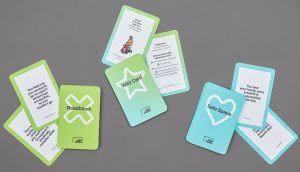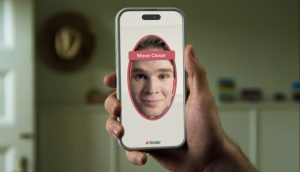At IAB Canada’s annual Business of Digital: State of the Nation event, speakers discussed the various issues and nuances surrounding online advertising. From data collection to ad blocking and the ever-pervasive issue of brand safety, industry insiders checked on on how things have fared in 2017 so far — and where they have left to go.
Ads are not the enemy
Digital ads — whether they’re pre-roll, in-content, banner ads or page takeovers — can be a source of annoyance for many consumers. But Darrick Li, senior director of sales at comScore, revealed that Canada’s rates of ad-blocking remain relatively low, particularly compared to the U.S. According to comScore’s most recent study, 18% of Canadians were found to have a desktop ad blocker currently installed, up from 17% last year. But when comScore asked users if they’d prefer to pay for ad-free content, more said they’d simply rather endure the ads. Li said this is a positive sign for advertisers — but now it’s about educating Canadians about ads.
“It’s about changing the perception for Canadians to help them understand, ‘Hey, we have ads for you, and they’re actually helping,'” he said.
Chris Morgan, CRO at Moat, said the problem is often too many ads, poorly placed ads and all-around disruptive ads. “It’s not necessarily ads that consumers are blocking, it’s the experience,” said Morgan. He added that ads don’t (ideally) compete with content. “Ads are content.”
There’s no simple answer to brand safety
“I thought we had dealt with this 10 years ago,” said Sonia Carreno, IAB Canada president, as she addressed a panel on stage to talk about the everlasting hot-button topic of digital brand safety. The term has almost become a buzzword in the industry, particularly since a number of advertisers pulled or paused their ads on YouTube following revelations that they were appearing alongside offensive content. And as programmatic becomes the norm in digital advertising (and starts to creep into other media, as demonstrated by a panel featuring representatives from programmatic OOH, audio and television), brand alignment is a pervasive concern that seemingly won’t go away.
A rep from YouTube, product strategist Gabriel Verkade, was present in the day’s brand safety panel. He admitted that YouTube needed to strike a middle ground following the initial fallout, and that it may have been too aggressive at first. “Some creators had content demonetized for certain things [such as cursing or LGBT issues] and were like, ‘What’s going on? We don’t understand.'” He said that having previously worked on the brand side (at Unilever), he also knows that different brands have varying degrees of tolerance. “I was working on Dove, which was all about positive female empowerment, and then on Axe, which is very different.”
He said moving forward, brands need to think more about where their own tolerances lie and communicate that with their agency and publisher partners. “What is okay? Is saying the ‘f-bomb’ once okay? Is 50 times okay? What is offensive to me is not going to be offensive to [someone else].”
Clicks aren’t everything
Citing the Nielsen study “Beyond Clicks and Impressions,” Morgan offered up the statistic that out of every 10,000 ad impressions, there were approximately three clicks. “Virtually no relationship exists between clicks and brand metrics or offline sales,” he said, quoting from the study (he also pointed to eMarketer research that showed that 93.5% of Canadian retail spend is still in bricks and mortar stores, not online). Despite the scarcity of clicks, digital ad spend was $5.6 billion in 2016, according to IAB, and is expected to rise another 21%. Morgan said third-party data is crucial — and it needs to go beyond just clicks.
“Ultimately, how do you measure human attention? In the physical world, we may ask questions like how many people walk by a store? How many people, then, walk in? Which counter do they go to, what do they buy?” Using Moat’s own work as an example, he said brands should invest more in knowing different “attention metrics,” such as whether or not people scrolled down a web page, where they scrolled to and how long they held on certain content.























